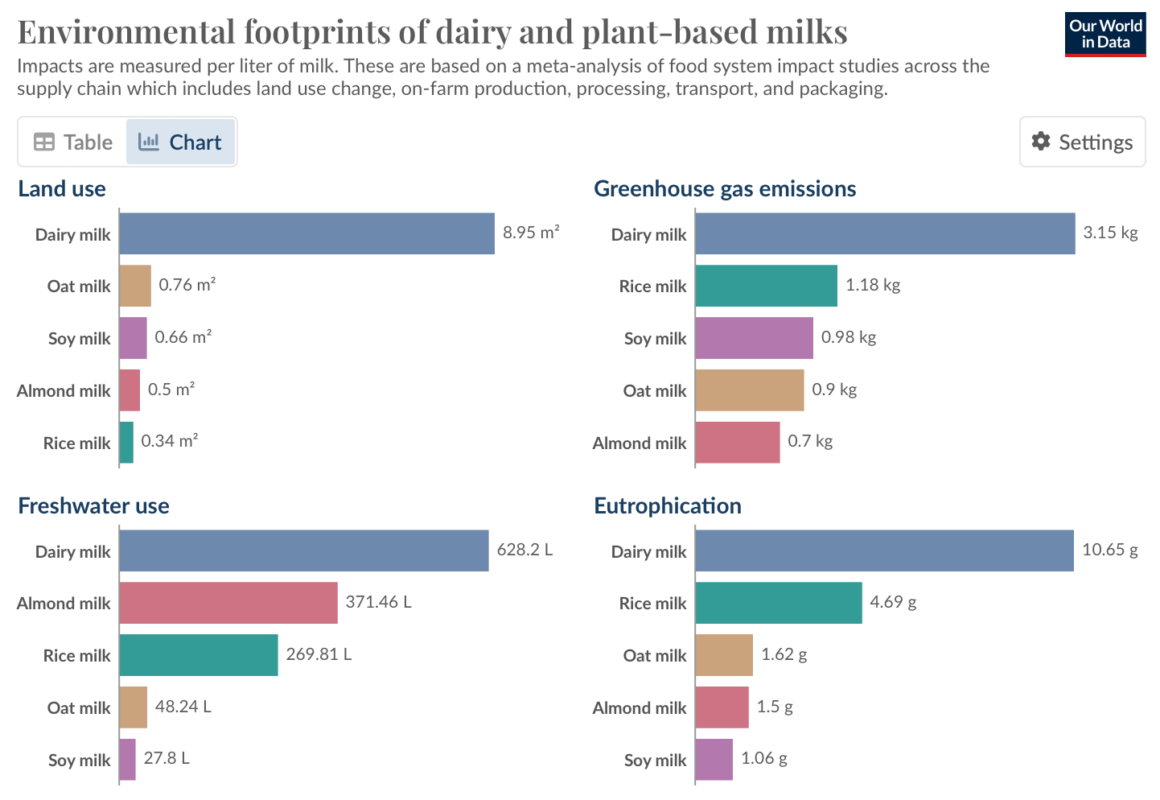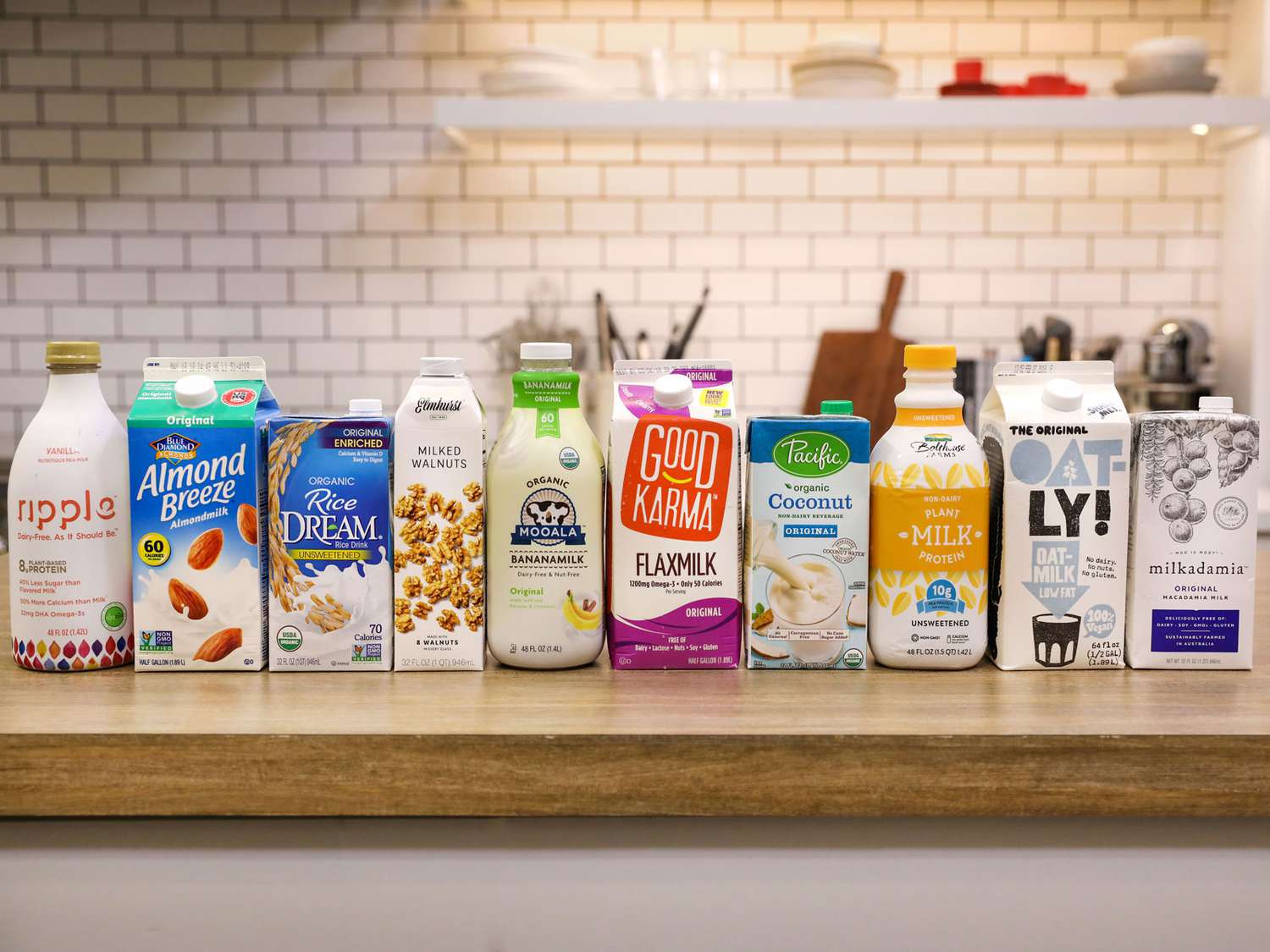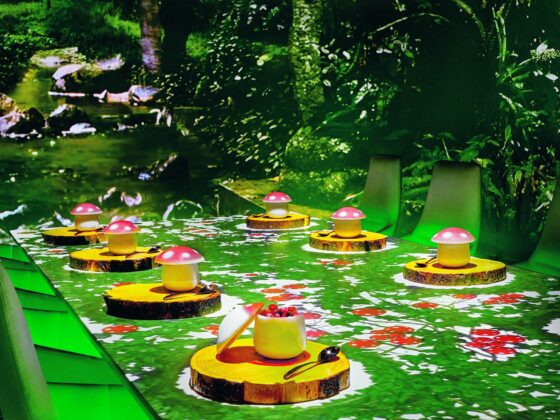WHAT IT IS?

As lactose intolerance increased, veganism and questions of health surrounding foods began to grow, and environmental issues came to a head, we see the rise of milk alternatives. Different milks that boast a better taste, being healthier for you, and being better for the environment. Somewhere, there’s an answer for anyone’s milk needs. Allergic to soy milk? Almond milk. Allergic to almonds? Try walnut milk. Allergic to all nuts? Try hemp milk. Uncomfortable with hemp? Oat milk! What ever you preference is, there’s a milk that caters to your needs. The questions is: is it really all it’s cracked up to be? Or is it utter-ly too good to be true?

WHY IT´S COOL?
- Taste Growing up, milk only came in whole, 1%, 2%, or non fat. Those were the choices. These days, we can get vanilla, very vanilla, sweetened, unsweetened, hazelnut, coconut, etc., and that’s before you even factor in the actual type of milk alternative it is. Whether the milk is to add to your coffee, your matcha, or your cereal, it now does more than just give a creamy finish/taste, but it enhances it, it deepens it.
- Healthier There are many health benefits to drinking alternative milks, including the zero risk of passing illnesses from cow to consumer and the painless aftermath from having no lactose. In addition to the obvious, alternative milks shines with fewer calories, less fat, less cholesterol, less sodium, less carbohydrates, more vitamins, and can even have more protein.
- Environment Per litre of milk, cow’s milk is vastly more environmentally detrimental than alternatives in terms of land use, greenhouse gas emissions, freshwater use, eutrophication, and more.

WHY IT HAS FUTURE GROWTH POTENTIAL?
When selecting a milk, a staple found in almost every home across the planet, we no longer have to worry about the decline in taste, the affect on our stomach’s microbiome, nor the harm it can cause to our planet. Especially with the rise of technology, we can do the research ourselves to see which milk is truly the right choice and which is just as bad, in all three categories, as cow’s milk.
Though they do say that we are the only species that continues to drink milk after infancy, I don’t see this trend of lactose free alternatives slowing down anytime soon, I only see new choices for alternatives on the horizon.
So, what’s your favourite milk?

https://ourworldindata.org/environmental-impact-milks
https://www.healthline.com/nutrition/oat-milk-vs-almond-milk#nutrients
https://www.medicalnewstoday.com/articles/325425
https://bastyr.edu/about/news/which-milk-alternative-most-eco-friendly



Science of the Time
Michail Rafail Kanaris
Riccardo Giacomo Ferrari
Francesc Miquel Fabregat Galan
Really nice post as always! I didn’t know there was Hazulnet milk, now I have a new craving! You made a great point about the variety of flavors available now compared to the traditional options we had growing up. It’s exciting to see how these alternatives not only enhance our beverages and meals but also offer numerous health benefits, like lower calories and cholesterol. Plus, the positive environmental impact of choosing plant-based milks is a huge bonus!
Sigrid Johanna Engel
shabbir D
Vittoria Morace